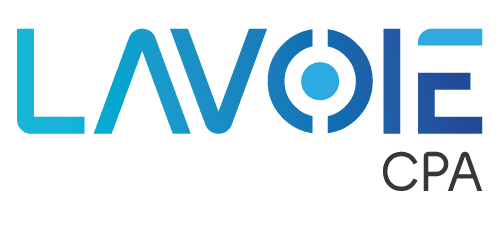For Federally Qualified Health Centers (FQHCs), every dollar has purpose. It funds access, outreach, and quality of care. Yet, even the most efficient centers can lose visibility into how money is spent across programs, locations, and departments
The challenge isn’t cutting costs, it’s finding smarter ways to use existing resources without compromising the mission.
This short playbook outlines how FQHC leaders can identify meaningful savings while protecting patient care and staff well-being.
Step 1: Map Out the True Cost of Care
Start with clarity, not assumptions.
Gather spending data by department, service line, and program to reveal where costs accumulate. Look beyond general ledgers, include overtime, supply use, and vendor contracts. When expenses are grouped around actual care delivery, hidden patterns appear: duplicated purchases, unused subscriptions, or outdated workflows that drain funds quietly.
At Lavoie CPA, we often find that just visualizing cost drivers, such as cost per encounter or administrative expense ratios, sparks immediate, low-friction improvements.
Step 2: Eliminate Redundancy Before Reducing Budget
The fastest savings come from removing overlap, not resources.
Many FQHCs operate with multiple vendors for similar tasks, payroll, procurement, or reporting, because systems were added over time. Consolidating services or integrating platforms can reduce both fees and complexity.
For example, automating invoice approvals and linking them to purchase orders can cut hours of manual verification each month. This frees staff to focus on compliance and patient coordination instead of paperwork.
Step 3: Reinvest Savings Into High-Impact Areas
Cost-saving is only valuable when it strengthens your mission.
Reallocate every dollar saved toward areas that enhance patient experience, additional clinic hours, telehealth initiatives, or staff training. This approach builds internal trust: teams see that efficiency doesn’t equal restriction; it equals reinvestment.
Tracking and publicly sharing where the savings go also reinforces transparency and accountability, encouraging departments to participate actively in ongoing improvement.
Step 4: Build Continuous Review Into Your Culture
Sustainable efficiency isn’t a one-time audit; it’s a habit.
Schedule quarterly reviews where finance and operations teams assess progress, revisit metrics, and set new targets. Use dashboards that update in real time to make these discussions data-driven, not anecdotal.
When everyone can see the numbers, ownership spreads. Over time, small optimizations compound into lasting financial stability.
Step 5: Measure Success Beyond the Bottom Line
Financial health is vital, but in an FQHC, it’s inseparable from patient care.
Track not only how much money is saved, but how those changes affect outcomes, shorter wait times, improved staff retention, and expanded services. True efficiency shows up when both metrics move in the right direction: cost down, impact up.
Partnering for Smarter Efficiency
At Lavoie CPA, we help FQHCs uncover hidden inefficiencies, streamline processes, and design reporting systems that turn savings into strategic advantage.
Our approach keeps care quality at the center while strengthening financial sustainability.
If your health center is ready to make every dollar work harder, and every decision work smarter,
Start the conversation today.

